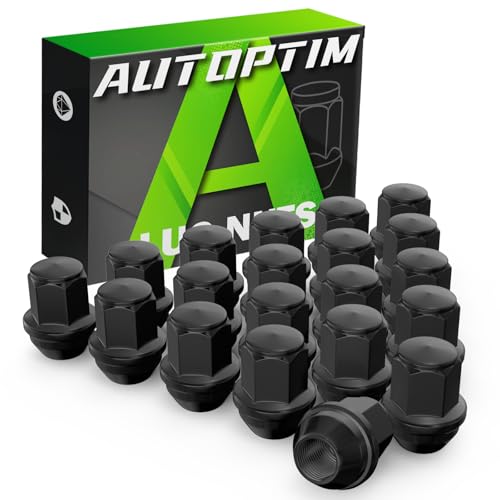- Joined
- Sep 7, 2011
- Messages
- 2,036
- Reaction score
- 37
- Location
- Wake Forest, NC
- My Car
- 1971 Sports Roof Fastback (early model)
1973 Coupe -Under rebuild/restore
Hello Mister 4x4,
What do you use to process the roof and side sections of the fastback?
mustang7173 :bravo:
Hello Mister 4x4,
I found your thread to my question. It is the Raamat that you installed.
Thanks
mustang7173
What do you use to process the roof and side sections of the fastback?
mustang7173 :bravo:
I prefer the cut-pile because it won't unravel a line halfway across the floor if something snags a loop. Not to mention, it's more modern in appearance. Cut-pile is like regular home carpet (well, most carpets that aren't like berber or similar) - the factory 'loop' stuff reminds me of the cheesy indoor/outdoor carpet they use in schools and office buildings. Plus, it matches my cool floor mats.Lots of good info! On the mass backed carpet, I was considering going with the one without the backing if I used the raamat. I didn't know if it would be to thick if I used both. What kind of prep on the surfaces does the raamat need? Also on the carpet, what don't you like on the loop vs the cut piled, what is the difference? Sorry for all the questions, I've been trying to research the carpet thing for awhile now trying to decide which one is better. I didn't know they had so many different kinds now. 15 yrs ago when I redid my 73 Mach I don't think they had so many options. Thanks, Ryan

The RAAMat is only about 1/16" - 3/32" thick... if that - probably less if you put a roller to it or something similar that'll squish it down a bit. I think the factory-style underlay is actually a tad thicker... and then you add the mass-backing of the carpet, and yeah... that would be too thick. Since the RAAMat is both a heat and sound insulator, I just decided to blow-off the underlay pieces. Even so, the underlay pieces only fit in the 'flat' areas, between the surface features of the floor.
So basically, if you went with RAAMat and mass-backed carpet, you'll be fine. As for the underlay pieces as well, again - I don't know since I decided not to use mine.
Prep work is no big deal - just make sure it's clean. If you have paint or something like an epoxy coating (like Rust Bullet or similar), you can put it right down on top of that. I used Rust Bullet Black Shell pretty much everywhere in my car (I just liked it better that plain ol' primer gray).
Those three tools in the picture are all I used to install the RAAMat: Scissors, a good utility knife, and a wall-paper seam roller.
Once again, my biggest problem with installing the molded mass-backed carpet along with the RAAMat was the fact that I'd moved my seat platforms back a few inches for some extra legroom. By doing so, it threw the whole 'molded carpet' thing right out the window - nothing lined up properly after that. The rear footwell molded areas were squished up against the backs of the seat platforms, the fronts didn't fit quite right because the molded areas began ahead of the seat platforms. The heat gun helped a lot with that.
The only real issues I see with the mass-backed stuff is that it will be a little thicker trying to stuff under things like the kick panels, quarter trim panels, and the door sill plates (which, the repop sills are pretty flimsy and will bend easily).
Also - make sure you open up any mounting holes in the RAAMat (or any other insulating material) before you start laying down the carpet, otherwise you'll never find 'em again.
Hello Mister 4x4,
I found your thread to my question. It is the Raamat that you installed.
Thanks
mustang7173
Last edited by a moderator:















































